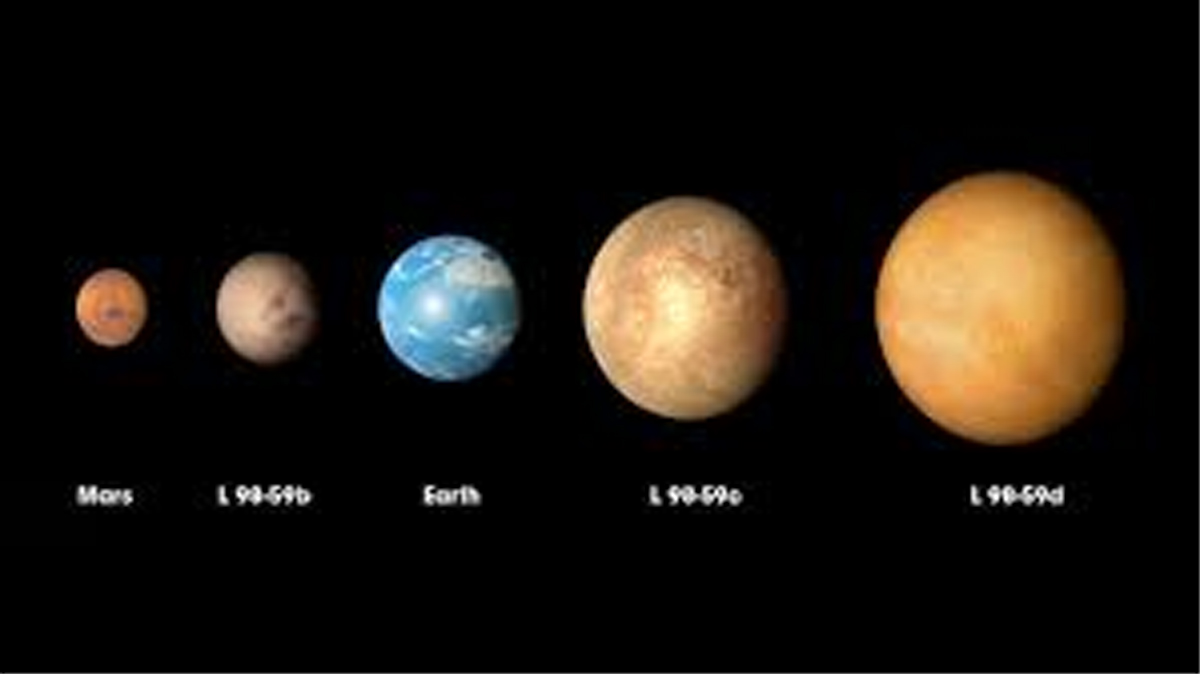WASHINGTON, July 30:Three new planets, which orbit a star situated 73 light years away from the Earth, have been discovered using NASA’s newest planet-hunting satellite, scientists say.
Of the three new exoplanets, one is rocky and slightly larger than Earth, while the two others are gaseous and roughly twice the size of our planet, according to the study published in the journal Nature Astronomy.
The new star system, called TESS Object of Interest, or TOI-270, is exactly what the the Transiting Exoplanet Survey Satellite, or TESS, was designed to find, said researchers from the University of California, Riverside in the US.
Not only is the smaller planet in the habitable zone—the range of distances from a star that are warm enough to allow liquid-water oceans on a planet—but the TOI-270 star is nearby, making it brighter for viewing.
It’s also “quiet,” meaning it has few flares and allows scientists to observe it and its orbiting planets more easily.
“We’ve found very few planets like this in the habitable zone, and many fewer around a quiet star, so this is rare,” said Kane.
“We don’t have a planet quite like this in our solar system,” he said.
In our own solar system, there are either small, rocky planets like Earth, Mercury, Venus, and Mars, or much larger planets like Saturn, Jupiter, Uranus, and Neptune that are dominated by gasses rather than land.
There are no planets about half the size of Neptune in our solar system, though these are common around other stars.
“TOI-270 will soon allow us to study this “missing link” between rocky Earth-like planets and gas-dominant mini-Neptunes, because here all of these types formed in the same system,” said Maximilian Gunther, a postdoctoral fellow at the Massachusetts Institute of Technology (MIT) in the US.
Follow-up observations on the system have been planned for 2021, when the James Webb Space Telescope launches.
It will be able to measure the composition of the TOI-270 planets’ atmospheres for oxygen, hydrogen, and carbon monoxide, researchers said.
Kane said these kinds of observations can help determine whether a planet has ever had a liquid water ocean, and whether any of the planets has conditions suitable for life as we know it.
While TOI-270 is far enough away that no one living will likely ever travel there, at 73 light-years away it is still considered close, researchers said.
“The diameter of our galaxy is 100,000 light years, and our galaxy is just one of millions of galaxies,” Kane said.
“So, 73 light years means it’s one of our neighbouring stars,” he said. (PTI)


